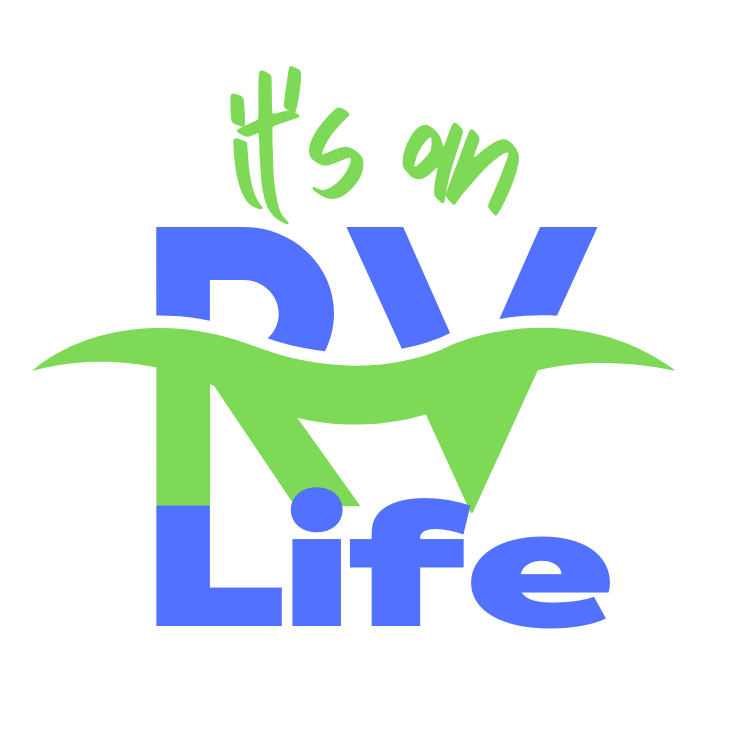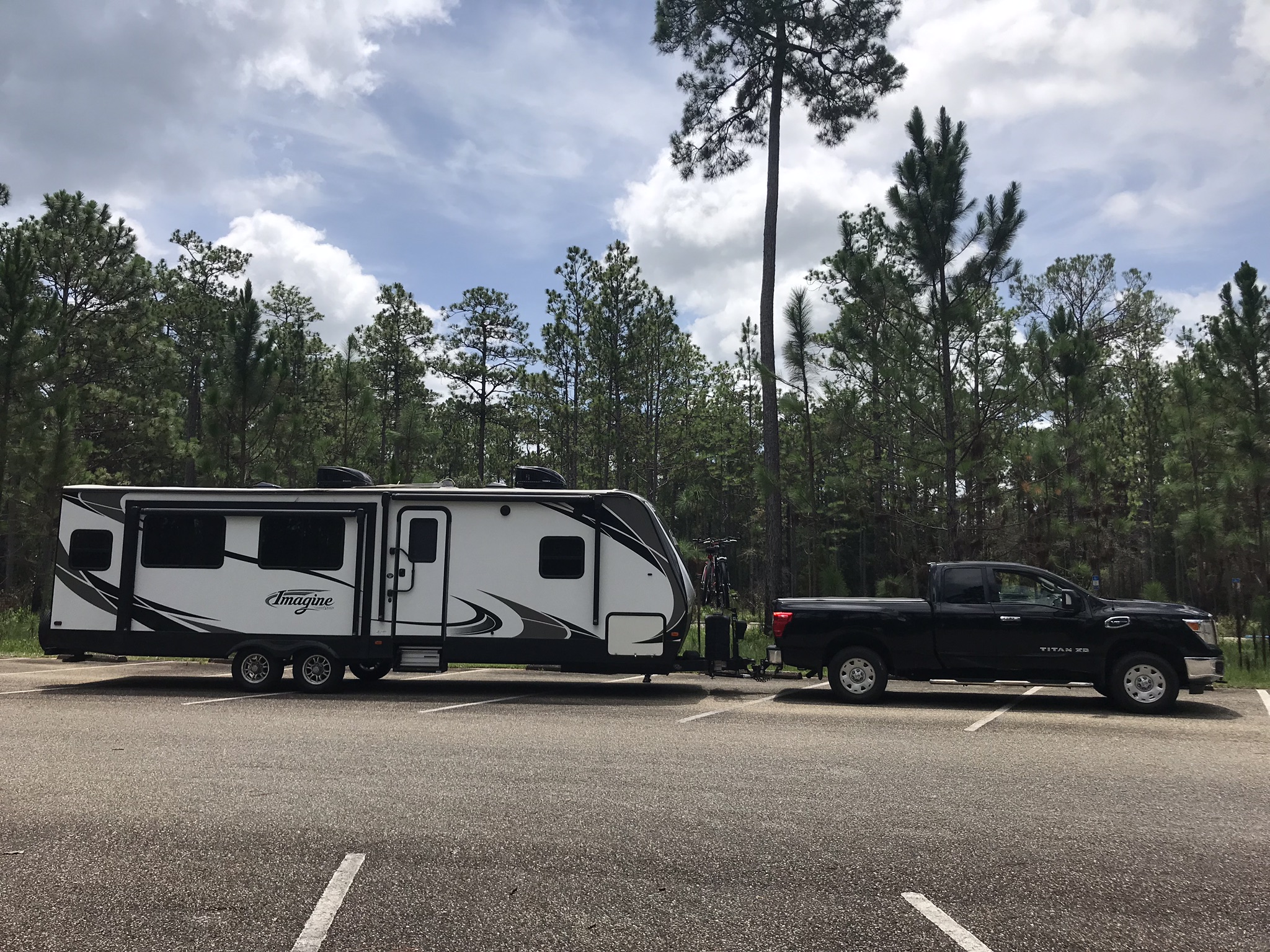In this article we break down some differences between a weight distribution hitch and sway control. Some great products we feature are the Curt 17200 and the Fastway Equalizer e2.
So you just purchased a large travel trailer and need a weight distribution hitch. It’s easy to become overwhelmed with your search for a new hitch. As you’ll find with many RV products, there’s opinions and facts. Differentiating between the two can often lead you down a seemingly never-ending rabbit hole. Hopefully we can help! First up, what is weight distribution?
A Weight Distribution Hitch Distributes Your Weight
Okay, so the above title is a bit vague. But in short, that is the purpose of a weight distribution hitch. But why is this necessary? Think back to when you were a child on the playground. Picture riding on the seesaw with a much heavier kid on the other end. Connecting your trailer (the heavy kid) to your truck hitch places significant weight towards the rear axle of your tow vehicle. With so much extra weight on the rear, this naturally causes the front axle of the tow vehicle (the lighter kid). This unbalanced weight can be dangerous. It can lead to poor handling and braking.
Weight distribution hitches come in several varieties, some with bars and some with chains. Overall, the concept is the same. They use leverage to lift some of the weight off of the rear, distributing it evenly across your vehicle’s axles. It’s important to note that so far, we’ve only covered weight distribution and not sway. Controlling sway typically requires more equipment.
Sway it Ain’t So!
Imagine you’re cruising to your favorite campground with your new weight distribution hitch installed. Out of nowhere your steering wheel pulls hard to the left and your trailer is moving side-to-side. How did this happen? You had your new weight distribution hitch installed! What you would have just experienced is sway. Sway is a force caused by wind gusts and big trucks passing by with high profiles. It is important to note that a weight distribution hitch alone does nothing to reduce sway.
What is needed to complete the towing package, is some sort of sway control. This sway control normally comes in the form of a sway bar or sway bars. This particular style is a separate bar that works to control sway. A good example is a CURT 17200 Trailer Anti-Sway Bar Control Kit. Finally, there’s even one more type of weight distribution hitch, with sway control built in, that you may not have considered.
The Equalizer Hitch – The Right Balance
As you may recall, in the last paragraph I mentioned that we do not use the stand alone type of sway bar. If you’re just learning about this stuff, you may naturally think, that’s crazy! But the reason is that our hitch assembly actually includes sway control while providing weight distribution. This particular hitch is called The Fastway Equalizer e2 and we feel it is the best weight distribution hitch for the money. They provide a good explanation on how their hitch works on YouTube. We’ve had it for nearly four years and it’s worked very well for us. Here’s a better look at the equalizer hitch with some pros and cons listed below.
Pros:
Weight distribution and sway control in one package
Don’t have to disconnect to reverse (some sway bars require disconnecting before backing up)
Less equipment, as the spring arms double as weight distribution and sway bars
less expensive than some weight distribution hitches with sway bar as an add on
Cons:
Brackets and link plates sometimes require adjustment (we do travel very often and this is likely common with many other types/brands)
Have had a bracket bolt shear, however in fairness the bracket bottomed out on a railroad crossing
Final Thoughts
Whether its chains, bars, or sway control built in, it’s all about preference when going with a style of weight distribution hitch. What’s most important is that when towing a travel trailer, you cover two components: weight distribution and sway control. One final important tip: Ensure that you purchase a hitch that is rated for your tongue weight. Thanks for reading and always practice safe towing!

